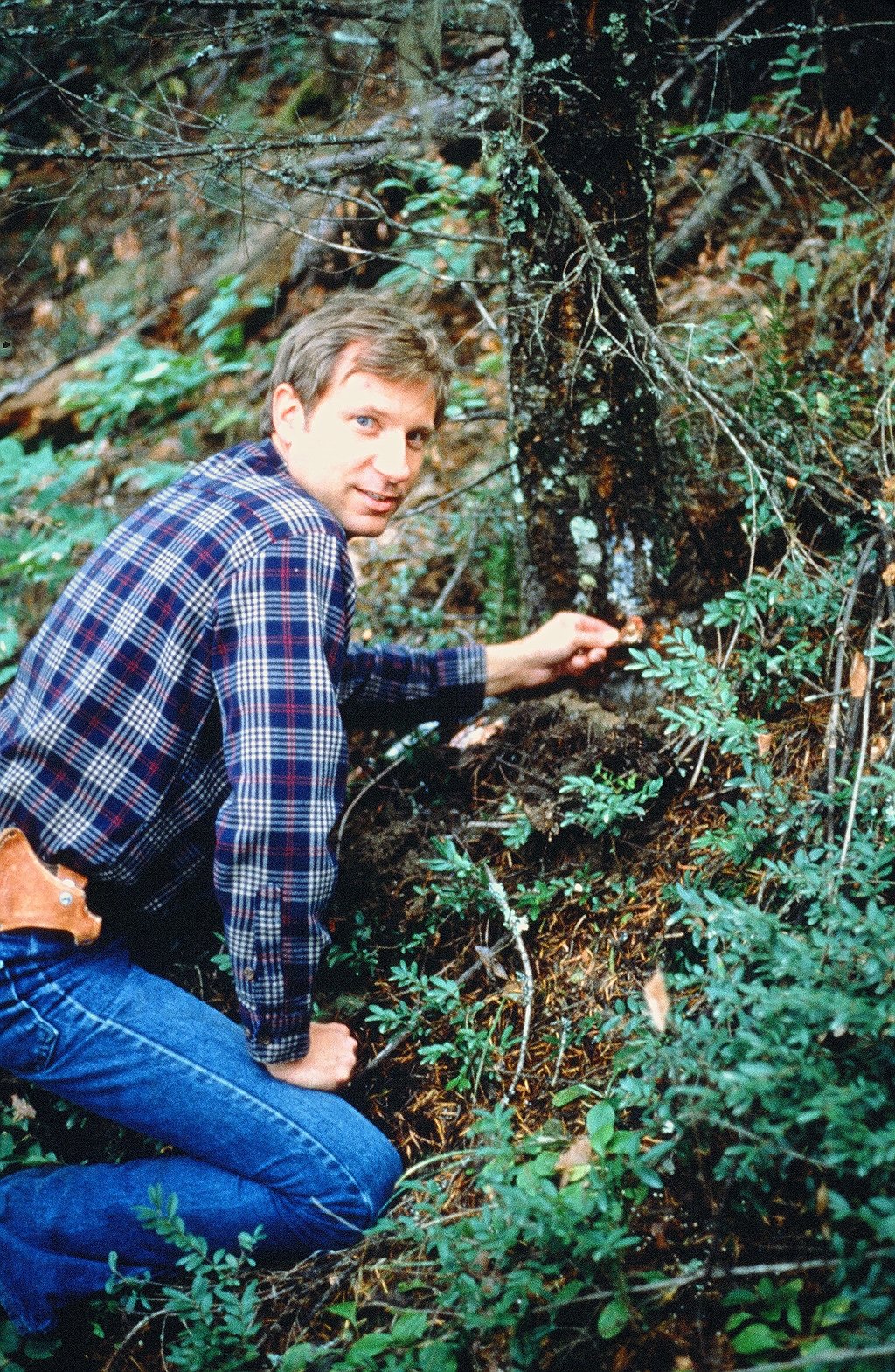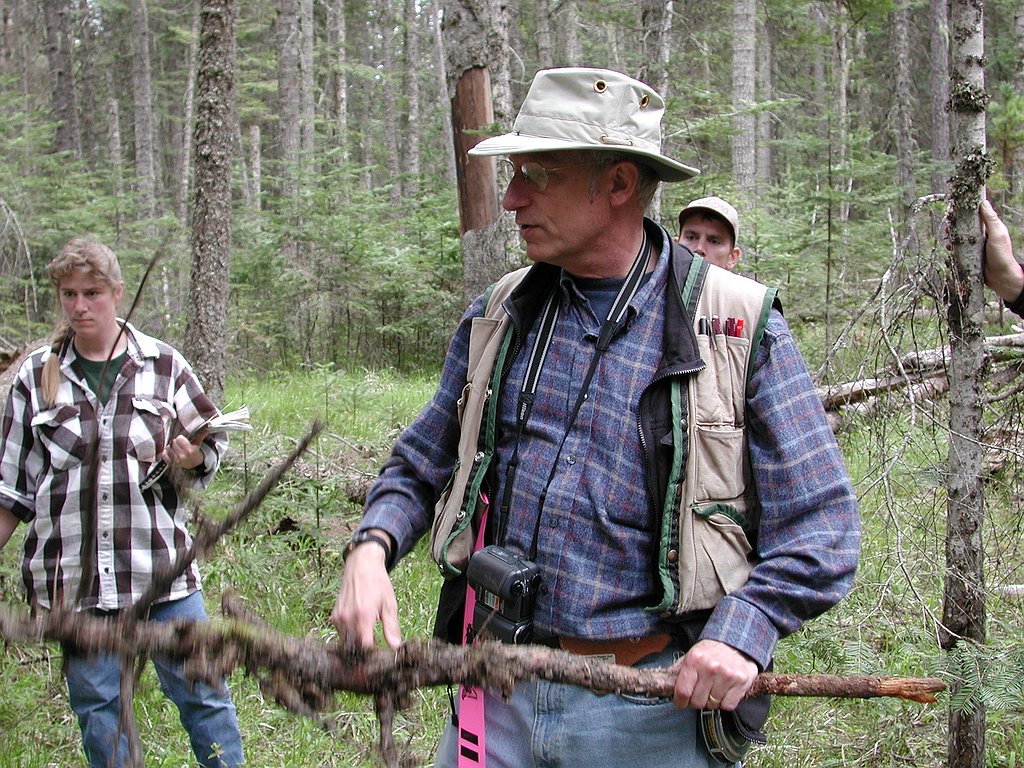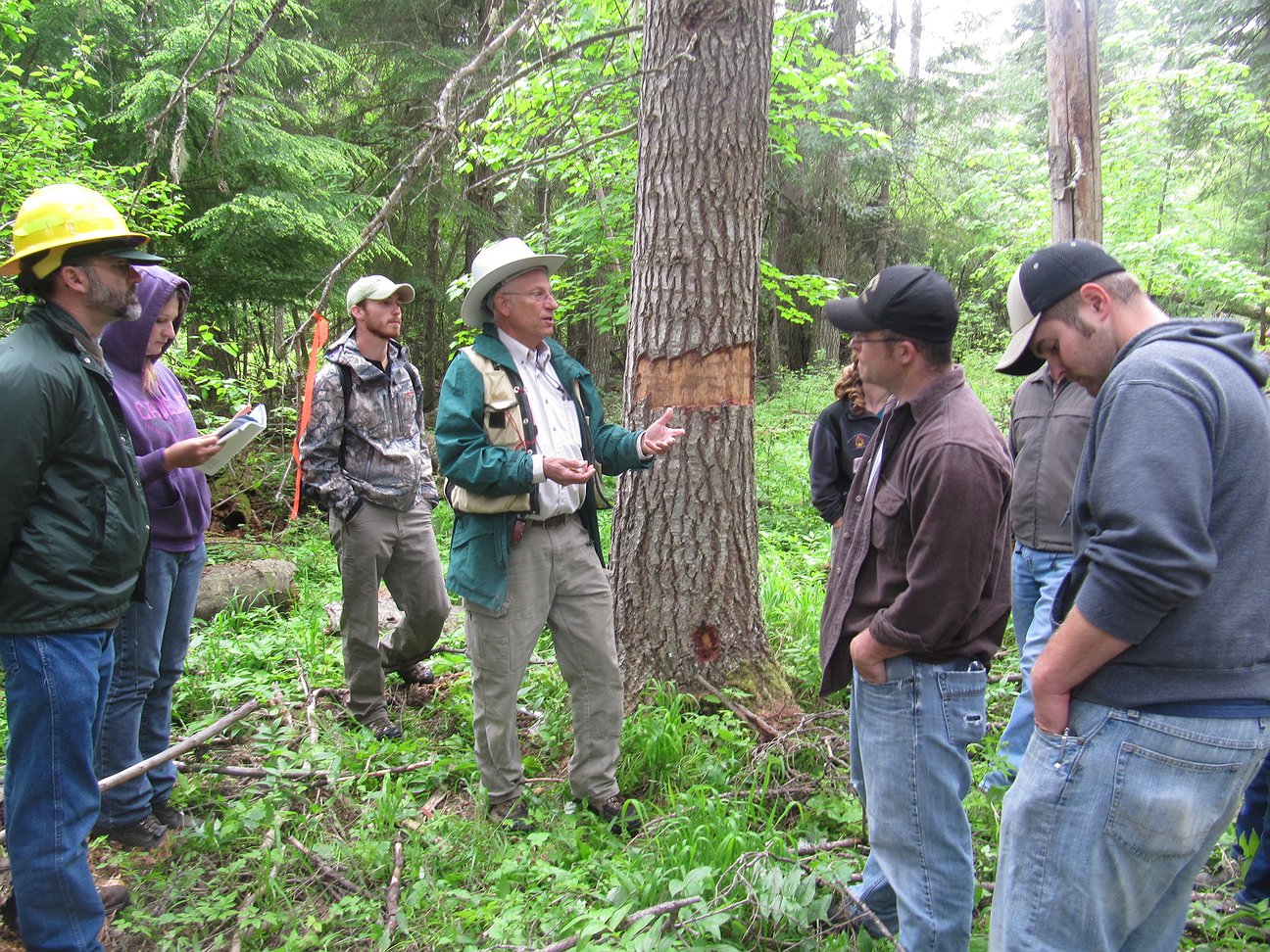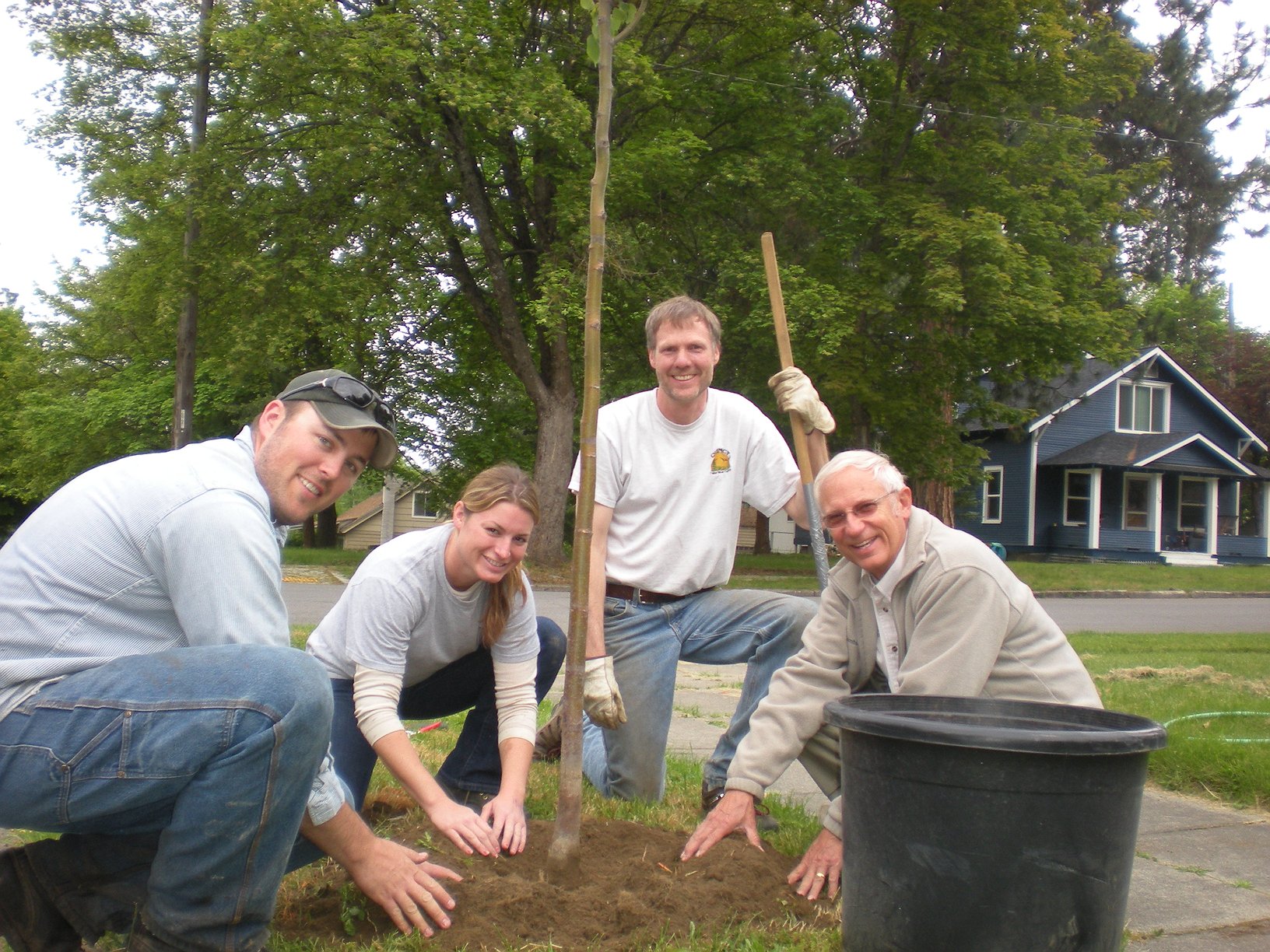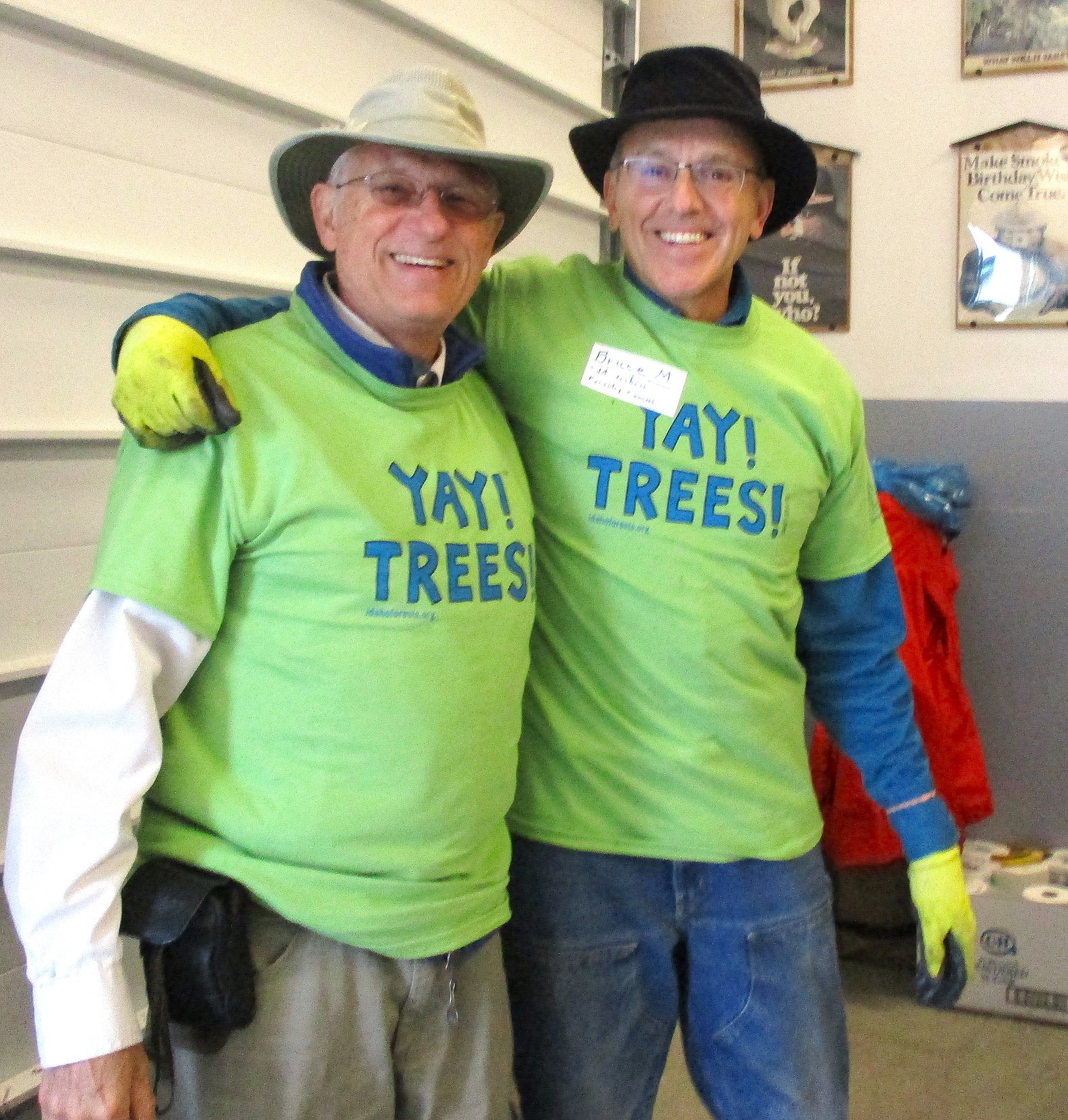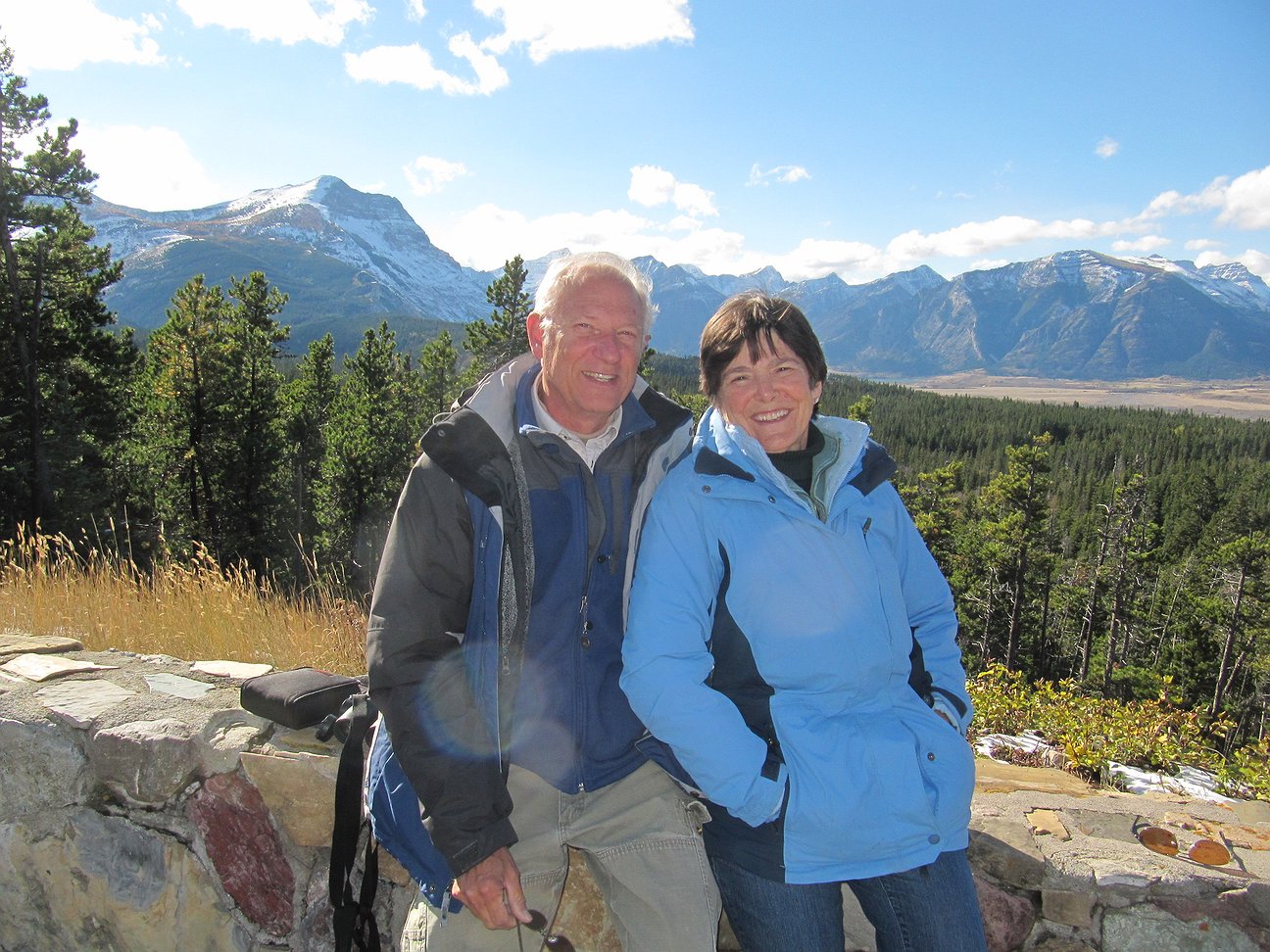FAST FIVE The tree-mendous John Schwandt
Meet John Schwandt, a Coeur d'Alene resident since 1976, when he and his wife and two small children arrived upon his acceptance of a forest pathologist position with the Idaho Department of Lands.
John traveled the whole state in his nearly 15 years with IDL, assisting state and private foresters recognize and manage forest diseases. He conducted hazard tree inspections of all state parks and leased lots. He was also the state urban forestry contact and helped develop street tree inventories in several cities as well as encourage cities to become Tree City USA members by having ordinances, tree councils and Arbor Day celebrations.
In 1990, John became a forest health specialist for the state and private division of the U.S. Forest Service, working with federal, state and private foresters to better manage for healthy timber. He was instrumental in developing a tree hazard rating system for recreation sites that became the basis for the one still in use today. He wrote over 100 special papers dealing with forest management and several lengthy documents describing management of Western white pine. He supervised several special projects to monitor management efforts using pruning to reduce impacts from white pine blister rust that has decimated this once major timber species. John also served as an affiliate faculty member of the University of Idaho, Montana State University and Oregon State University, supervising several graduate students on various projects.
In 2005, John was selected to be the program director of the National Whitebark Pine Restoration program. He chaired a group of specialists that found over $1 million of private funds to conduct restoration projects throughout the range of whitebark pine for several years running.
In 2009, John received the U.S. Forest Service Regional Foresters’ Honor Award for Natural Resources Stewardship in Region 1 (Idaho and Montana) in recognition of his leadership in this program. In 2012, the international group of his peers awarded him the Outstanding Achievement Award from the Western International Forest Pathologist.
John has volunteered on the Coeur d’Alene Urban Forestry Board for over 40 years in his spare time and spearheaded a project to get local high school science students to collect data on the largest and most unusual tree in Coeur d’Alene resulting in the publication of “Coeur d’Alene’s Historic, Unusual, and Big Tree" booklet. John and his wife raised their two children in Coeur d'Alene and have been in their current home for 40 years. They have created an arboretum on their one-acre that currently is home to over 200 plants plus a pickleball court.
Outside of work, John has made many presentations to public groups regarding tree selection and care. He is an active member of First Presbyterian Church and is still singing in the choir. His family has enjoyed many tent camping trips around the country and still makes annual trips to Priest Lake to pick huckleberries.
1) How long did you work in forestry and lands, and what drew you to that particular career?
I’ve been involved with forestry for over 60 years. I was lucky to grow up with a small woods behind our home in central Illinois. My friends and I spent hours chasing around, climbing the tallest trees, making forts and damming up a small creek. In grade school all the kids received free seedlings that we planted with care and watched them grow for many years. I think this started my interest in forestry that has kept me intrigued for over 60 years.
Originally, I thought it would be a great life to be a forest ranger and spend every day in the forest. I always enjoyed my science classes in school and decided to pursue a forestry degree at the New York State College of Forestry at Syracuse University. During that time, I became very interested in forest diseases and received an assistantship at the University of Minnesota for a master's degree.
During the Vietnam War in the 1970s, I spent three years as an officer in the Navy. Then in 1972 I accepted a research assistantship at the University of Idaho to study important diseases of forest trees and co-authored a book, “Keys to Major Diseases, Insects, and Related Problems of Forests in Northern Idaho,” which has been used for many forest health classes.
As I was completing my PhD, in 1976 I was selected by the Idaho Department of Lands as the first Idaho state forest pathologist. After nearly 15 years with the Idaho Department of Lands, I went to work as a forest health specialist for the Forest Service in North Idaho. I spent the next 25 years with the Forest Service before retiring in 2014. I continue to volunteer to assist with training and special projects.
During my time with the state, I was also interested in urban forestry and started volunteering on the Coeur d'Alene Urban Forestry Committee in 1985. I also worked with the city urban forester to start an Arbor Day free seedling program for the fourth grade students. This program quickly expanded and became the Arbor Day of North Idaho nonprofit that now provides seedlings to all fourth graders in Kootenai County every year, thanks to the generous donations of the timber and tree care industries along with a huge group of unpaid volunteers.
I had a great career and was lucky to be surrounded by a super supportive spouse and great co-workers.
2) How do you celebrate Arbor Day and Earth Day — do you plant trees, enjoy time in the woods, enjoy other festivities?
Although I enjoy helping run a program to give out seedlings to students to celebrate Arbor Day, I don’t really need a special day to plant trees. I am fascinated that our climate is suitable for many tree and shrub species, so I have been bringing home plants from many of my travels as I have crisscrossed much of the Northwest. We have now managed to plant over 200 species of trees and plants in our one-acre yard and have hosted the Garden Club’s annual Garden Tour three times over the years.
3) Why does it matter that we are good stewards of our natural resources and environment?
I learned a long time ago that trees have important functions in maintaining our environment but also tend to have a calming effect on a person’s psyche. My wife, Donna, and I feel really blessed to have been able to raise our children in a place that has so much natural beauty and it is important to maintain and enhance it for future generations. We now have eight grandchildren that love to visit our little oasis.
4) What is something people would be surprised to know about you?
I was one of the original members of the Lake City Harmonizers barbershop chorus and was in a gospel quartet with three good friends who sang gospel arrangements at local churches and retirement homes for over 20 years.
I played tennis for Syracuse University and helped establish the Coeur d’Alene Tennis Club after moving here in 1976, but now I just play pickleball as it is easier on my knees.
5) What are a few of your favorite trees, and what do you love about those species?
Whitebark pine would have to be at the top of my list, since it is such a critical species of high mountain ecosystems. Whitebark pine is the only tree that grows at tree line on the highest mountains where it provides just enough protection for other species to exist. Unfortunately, it is being lost due to white pine blister rust, insects and warming climate, so I was grateful for the time I spent coordinating projects aimed at restoring and maintaining this unique species.
I love a lot of other trees species and have tried to share my knowledge with others in hopes of getting the “right tree in the right place” since we have many examples of the opposite. I really enjoy watching the sequence of flowering trees in the spring and the spectacular display of colors in the fall.








